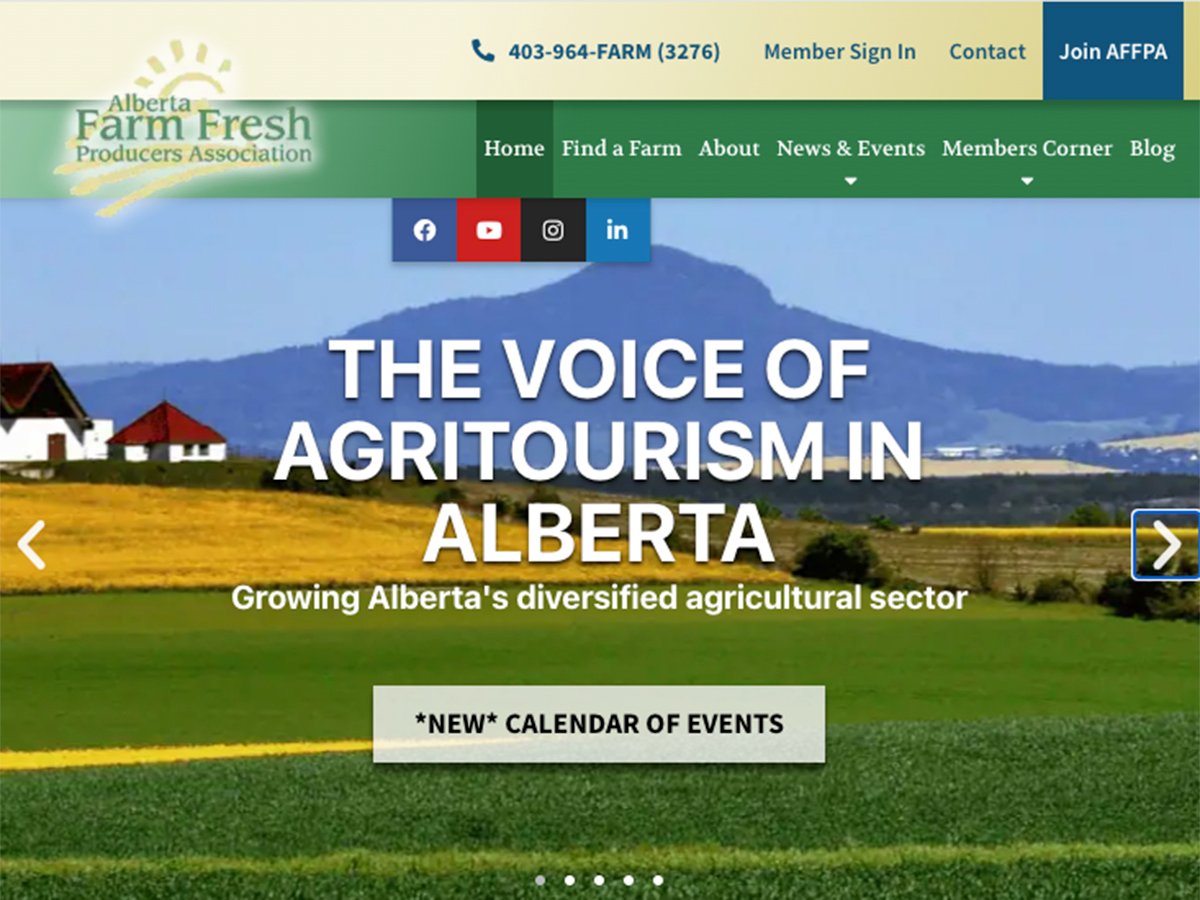WAMEGO, Kansas — Keeping on top of everything keeps a Kansas couple’s ranching operation on track.
Joe Carpenter and Barb Downey operate the Downey Ranch along the Kansas River in rugged land known as the Flint Hills.
It was founded in 1986 by Barb’s father, Joe Downey, a chemical company executive and third generation cattle producer.
“We’re still newcomers here by local farmer standards,” said Barb Downey.
Her father, Joe, said that after about 15 years and showing that they were staying, treating the land well and raising good cattle, their neighbours mostly dropped the “easterner from in front of newcomer.”
Read Also

New Alberta funding for program hopes to further unlock agritourism industry in province
Alberta Farm Fresh Producers Association is launching a new initiative thanks to $300,000 of provincial funding to bolster Alberta’s smaller scale family farms and agritourism sector.
The couple has built a successful 6,500 acre, 600 cow-calf operation based on “great grass and the best genetics we could have,” said Barb.
After less than a decade in the business, the Downey Ranch began winning national Angus titles for marbling in their cattle.
Since then, they have covered their farm office walls with awards for both their commercial and 150 head pedigreed herd.
Putting their money where their beef is, the couple retain ownership of their cattle to slaughter, selling their beef, along with other producer-shareholders, through United States Premium Beef .
USPB sends its members detailed carcass reports on every animal processed. Barb said this lets the ranch choose its genetics based on carcass quality scores.
“With US Premium and through the (Certified Angus Beef program), we get paid more the better the animals score,” said Barb.
“That only pays off for the producer if you deliver the best grades,” she said.
The farm’s 2010 calf crop graded 65 percent CAB or higher, with eight percent of their 325 calves grading Prime.
Cows stand chest high in midsummer pasture, despite drought this year.
Carpenter said the farm has been assembled through the acquisition of 13 smaller operations, including the rugged 3,000 acre, virgin prairie British Ranch, with its topography that repeatedly rises and falls more than 100 metres.
“With that many previous owners, some of the pastures took a lot of improvement. We work hard to ensure we don’t overgraze … encouraging the native plants to reclaim damaged areas and where other species got going,” he said.
Cows get 75 days on the pasture and then are moved onto crop residue for the fall and early winter.
“We calve on the range and we expect not to be there to help. Our standard for cows is that each one should wean a calf each year. Otherwise, she’s culled,” he said.
The couple has adopted low stress cattle handling techniques and fence line weaning, seeing improvements to overall herd heath and calf gains when they hit the feedlot.
Both pregnant and lactating cows are moved each week to minimize their exposure to disease and pests.
The herd has been closed for 15 years, relying on an extensive artificial insemination program.
Fall calving part of the herd has spread the workload and risk. Death losses have fallen to one-third of one percent.
Their annual fall sale, which is held on Nov. 4, will market 43 bulls and 30 bred commercial heifers.
Barb said offering a live-calf guarantee on the heifers and deferred spring delivery on the 20-month-old bulls has helped them get additional premiums on their seedstock business.
They have added a guest ranch and special events operation to their British Ranch location and 1870s stone house, “to add another revenue stream to the farm.”














